Description
HMG stands for Human Menopausal Gonadotropin. It is a hormonal medication that is used primarily in fertility treatments to stimulate ovulation in women who have difficulty ovulating on their own. HMG contains a mixture of luteinizing hormone (LH) and follicle-stimulating hormone (FSH), which are two key hormones that regulate the female reproductive cycle.
What is HMG?
-
Human Menopausal Gonadotropin (HMG) is derived from the urine of postmenopausal women, as they naturally have high levels of LH and FSH due to the decline in ovarian function after menopause.
-
It is used in fertility treatments to stimulate the ovaries to produce eggs and regulate ovulation, particularly in women with conditions such as anovulation (lack of ovulation) or polycystic ovary syndrome (PCOS).
How HMG Works:
-
Stimulation of the Ovaries:
-
HMG contains FSH and LH, two key hormones involved in ovarian follicular development.
-
FSH helps stimulate the growth and maturation of the follicles (the sacs that contain the eggs) in the ovaries.
-
LH is responsible for triggering ovulation (the release of a mature egg from the follicle).
-
-
-
Ovulation Induction:
-
HMG is often used in combination with other fertility drugs (like GnRH agonists or hCG) to enhance ovulation induction. It is commonly part of the in vitro fertilization (IVF) protocol.
-
-
Fertility Enhancement:
-
By providing a higher dose of FSH and LH, HMG helps the ovaries develop more mature eggs for fertility procedures such as artificial insemination (AI) or IVF.
-
Uses of HMG:
-
Fertility Treatments:
-
HMG is primarily used in women undergoing fertility treatments who have problems with egg production. It is commonly used in:
-
In vitro fertilization (IVF)
-
Intrauterine insemination (IUI)
-
Ovulation induction in anovulatory women (those who do not ovulate on their own).
-
-
-
Treatment of Female Infertility:
-
Women with PCOS, hypothalamic amenorrhea, or ovulatory dysfunction often use HMG to stimulate ovarian function and induce ovulation.
-
-
Male Infertility:
-
HMG is sometimes used in men with hypogonadotropic hypogonadism (a condition where the body doesn’t produce enough LH or FSH) to stimulate testicular function and sperm production.
-
HMG in Sports:
-
In the context of sports and bodybuilding, HMG is sometimes used to restore natural testosterone production and sperm count in men, particularly following steroid cycles or testosterone replacement therapy (TRT). Since HMG increases both FSH and LH levels, it can stimulate the testicles to produce more testosterone and sperm. This use, however, is controversial and should only be done under medical supervision.
Possible Side Effects of HMG:
-
Ovarian Hyperstimulation Syndrome (OHSS):
-
In women, excessive use of HMG can lead to OHSS, a condition where the ovaries become enlarged and painful. It can lead to fluid accumulation in the abdomen and chest, which can be dangerous.
-
-
Multiple Pregnancy:
-
There is an increased risk of multiple pregnancies (twins, triplets, etc.) when using HMG because it stimulates the ovaries to release more than one egg at a time.
-
-
Injection Site Reactions:
-
Like many injectable medications, HMG can cause pain, redness, or swelling at the injection site.
-
-
Mood Swings:
-
Some individuals may experience mood changes due to hormonal fluctuations.
-
-
Headaches or Abdominal Pain:
-
Some women may experience headaches, abdominal discomfort, or bloating.
-
Administration of HMG:
-
HMG is typically administered subcutaneously or intramuscularly. The dosage and duration of treatment will vary depending on the individual’s health, fertility status, and the specific treatment protocol used by the fertility specialist.
-
For ovulation induction, HMG is generally given for several days, starting early in the menstrual cycle.
-
Monitoring by a doctor is essential during treatment to ensure that ovarian response is appropriate and to adjust doses if necessary.
HMG 75IU refers to Human Menopausal Gonadotropin that is concentrated in a vial with 75 International Units (IU) of the active ingredient. The 75IU concentration is a commonly sold dosage form because it allows for easier dosing and flexibility, depending on the specific needs of the patient. Here’s why HMG is typically sold in the 75IU format:
1. Standard Dosing and Flexibility:
-
75IU is a standard concentration that allows doctors to tailor the dosage based on the patient’s needs and treatment protocol. This is a convenient starting dose, and the amount can be adjusted as necessary based on the response of the individual to the treatment.
-
Ovulation induction or fertility treatments often require precise and controlled dosages of HMG to stimulate the ovaries without causing overstimulation (which could lead to complications like Ovarian Hyperstimulation Syndrome (OHSS)).
-
A 75IU vial is convenient for multiple uses, especially since fertility treatments typically involve daily or multiple doses over a period of time. This allows for easier titration (adjustment of the dose) during treatment, based on how the ovaries respond.
2. Daily or Alternate Day Injections:
-
The 75IU concentration is ideal for subcutaneous or intramuscular injections for ovulation induction and assisted reproductive technologies (ART) such as IVF and IUI.
-
For example, patients may be instructed to administer 1 injection per day of 75IU or split the dose over multiple days, depending on how the ovaries respond. The 75IU vial size makes it manageable for patients to follow their treatment schedule while also keeping the process simple.
3. Cost and Convenience:
-
Selling HMG in 75IU vials strikes a balance between cost-efficiency and convenience for both the manufacturer and the patient.
-
Since HMG is an expensive medication, smaller vials like 75IU make it easier for individuals to buy the exact amount they need for their cycle without wasting the medication.
-
Additionally, 75IU vials are easier to store (such as in a refrigerator) and provide sufficient doses for the duration of a treatment cycle (which can last for several days to weeks).
4. Optimized for Use in ART:
-
HMG 75IU is a commonly prescribed dose for fertility treatments because it allows for gradual stimulation of the ovaries. In IVF cycles, for instance, controlled ovarian stimulation (COS) is used to stimulate the ovaries to produce multiple eggs, and starting with 75IU helps doctors assess ovarian response without overstimulating the ovaries.
5. Customizable Protocols:
-
Although HMG 75IU is commonly available, doctors may adjust the dosage based on how the patient responds. For example:
-
Some patients may need more HMG for stimulation (e.g., 150IU or 225IU daily).
-
Some may need less HMG if they are particularly sensitive to the medication.
-
-
The 75IU vial gives flexibility and can be combined with other medications (like FSH, GnRH analogs, or hCG) to achieve the desired result.
6. Regulatory and Medical Standards:
-
75IU is a standardized dosage that is recognized in many clinical practices worldwide, particularly for fertility treatments. This ensures consistency in treatment protocols and helps doctors follow established medical guidelines for ovulation induction and gonadotropin therapy.
HMG 75IU vials are commonly used because they provide a standard, flexible, and manageable dose for individuals undergoing fertility treatments. The 75IU concentration allows for precise dosing, cost-efficiency, and ease of use, which is especially important in treatments like IVF, IUI, and ovulation induction. This dosage size provides flexibility for patients to tailor their treatment based on their unique needs, making it an ideal choice for fertility specialists and patients alike.
Conclusion:
Human Menopausal Gonadotropin (HMG) is a fertility drug that contains both FSH and LH to stimulate the ovaries in women and promote ovulation. It is commonly used in fertility treatments such as IVF, IUI, and ovulation induction for women with anovulation or PCOS. In men, it can be used to stimulate sperm production and testicular function. While it can be effective in assisting with fertility, it should be used under the supervision of a healthcare provider due to potential side effects like OHSS and multiple pregnancies.
For anyone considering HMG treatment, it’s important to consult with a fertility specialist or healthcare provider to ensure the therapy is appropriate for your specific needs.





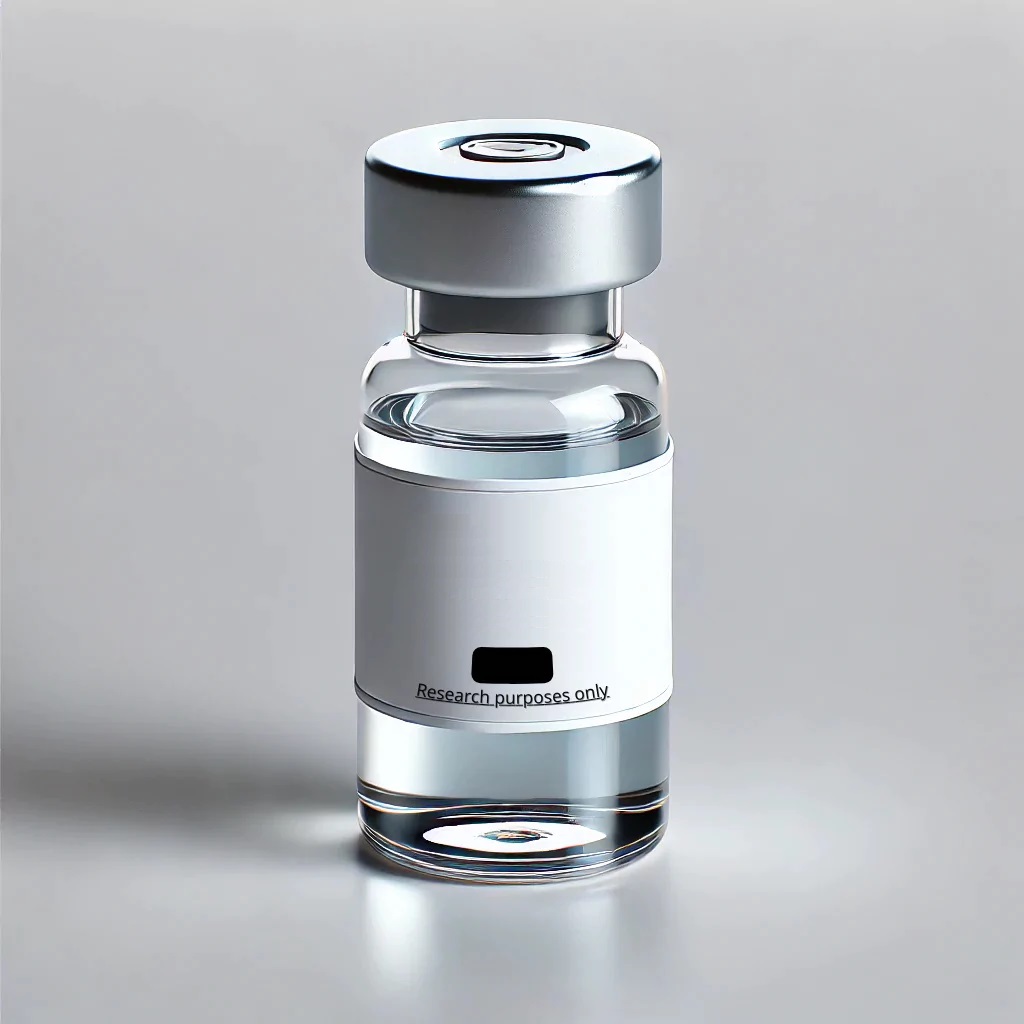
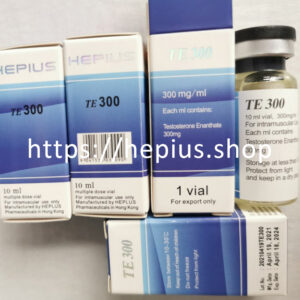
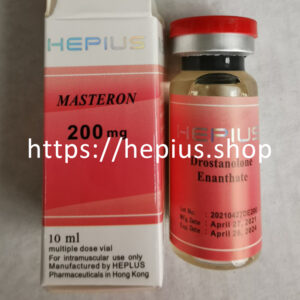
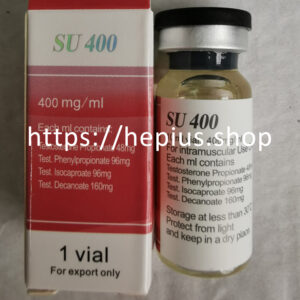
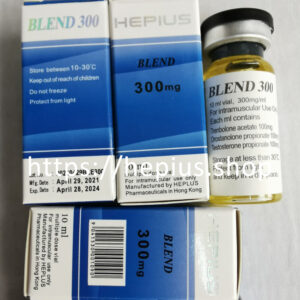
Reviews
There are no reviews yet.